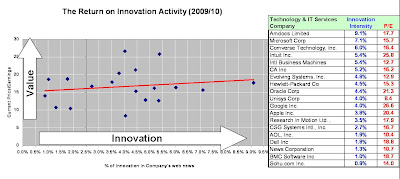Fuel, in the form of commercial resources is essential for any business (including product development). And access to the vital investment resource needed for new innovations and product development is only secured through trust, risk appetite and promised reward. In the corporate environment budget allocations and supporting sponsors are essential in order to setup and maintain the lines of credit that keep the fuel flowing. Because this fuel line is so critical, much of the product development effort then becomes dedicated to protecting that supply line; progress reporting, management compliance, stakeholder engagement and even the delivery milestones and schedules themselves may all defined to protect the fuel supply that is needed for innovation. Investment angels, corporate institutions, the market place and economic forces all control the fuel supply and so they get to define the rules for its access, including its rationing, use and refueling options.
However the spark critical for successful innovation is very different from the fuel. This other key component has very human characteristics that are expressed through creative invention, initiative, thought and insight. Within a commercial business environment people recognise talent selection & development, challenge & opportunity plus work culture & rewards are among the more important elements essential to maintaining their innovative spark. Almost because these are “soft” elements of the business their implementation can become less formal and dependant on local management style. With the level of people’s engagement in sparking innovation more driven by management style rather than management controls there is considerable scope for variation in the size and impact of the innovation spark.
So how to maintain the balance for a high performance innovation engine? First by being aware that there are actually two, sometimes opposed, forces driving your innovation engine. They are both necessary but sometimes they need to be protected from each other. Second by controlling where and how those two components come together. Neither should dominate and both should be managed according to their separate characteristics. Third, by recognising that tuning for the optimum performance needs balance and timing rather than simply opening the inlets and turning up the current.
It is hoped that this provides at least some small contribution to help the cause of better innovation.
I'm interested in feedback and views to help achieve better product development. Please contact me to share your views and thoughts.
 The findings for the sample of 120 tier 1 companies:
The findings for the sample of 120 tier 1 companies:





